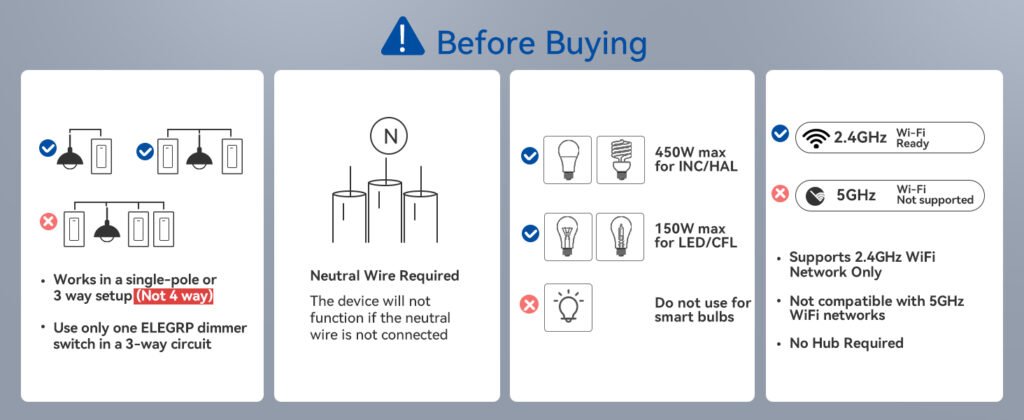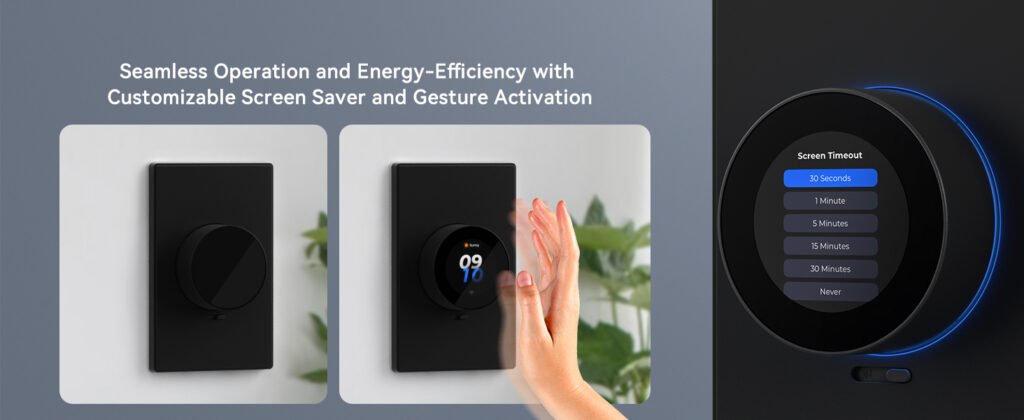Physical Address
304 North Cardinal St.
Dorchester Center, MA 02124
Physical Address
304 North Cardinal St.
Dorchester Center, MA 02124
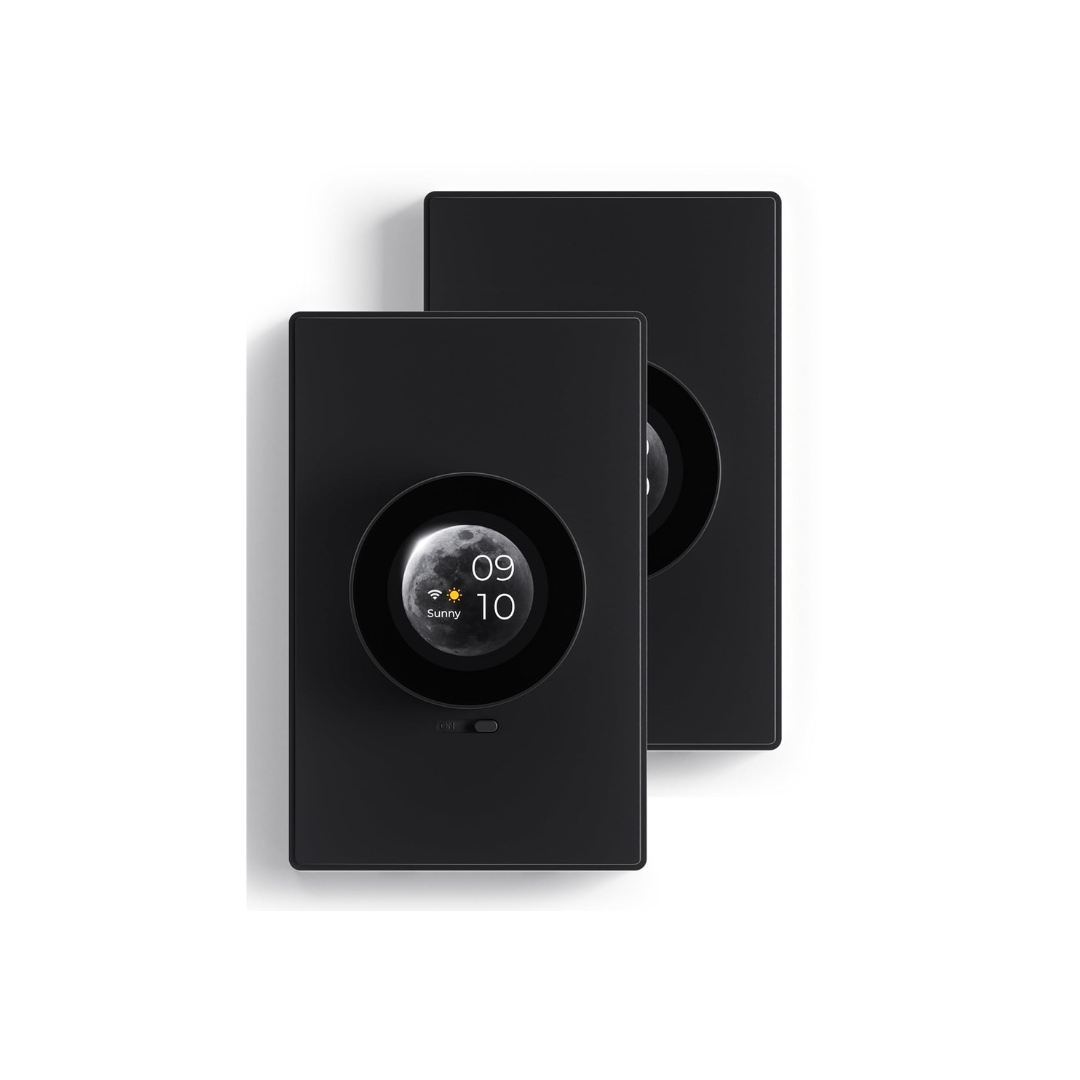
A TRIAC dimmer is a type of electronic component used to control the brightness of incandescent lamps, dimmable LED bulbs, and other resistive or inductive loads. TRIAC stands for Triode for Alternating Current.

Here’s how it works:
Triode Operation: Like a transistor, a TRIAC can be triggered to conduct electricity between its two main terminals, known as the main terminal 1 (MT1) and main terminal 2 (MT2). However, unlike a transistor, a TRIAC conducts in both directions of current flow.
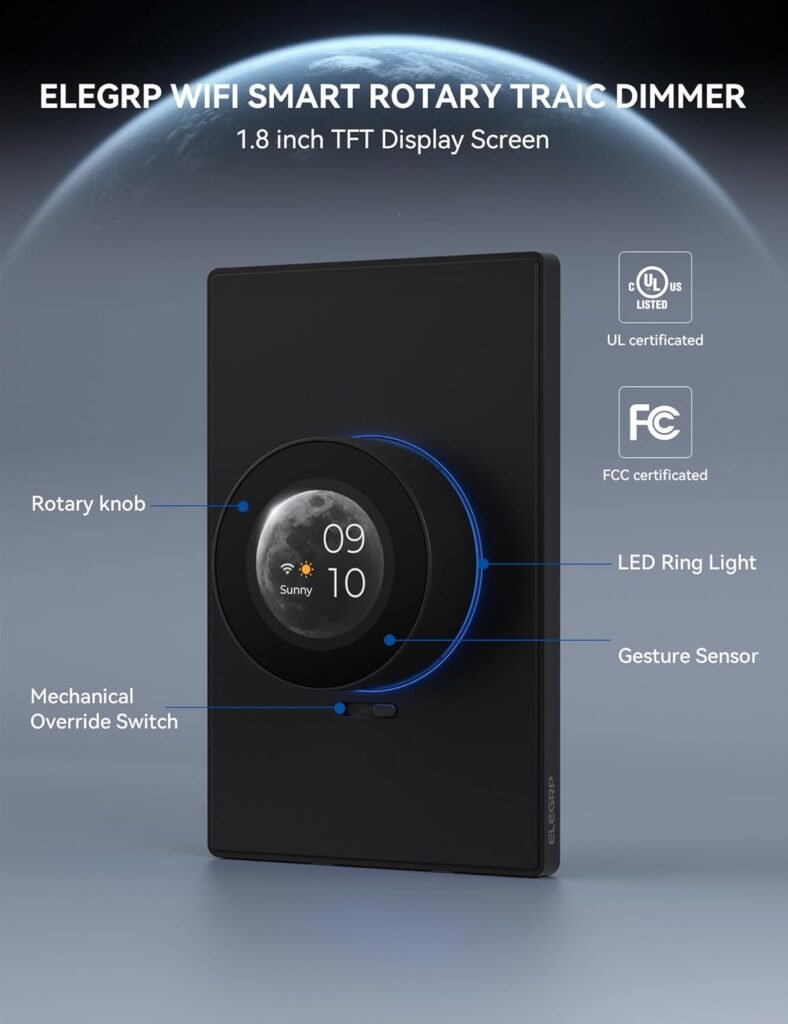
AC Switching: TRIACs are designed to work with alternating current (AC) circuits. They can be triggered to conduct current during both the positive and negative half-cycles of the AC waveform.
Phase Control: The primary function of a TRIAC dimmer is to control the amount of power delivered to a load by altering the portion of the AC waveform that is allowed to pass through to the load. This is typically achieved using a technique called phase control. By delaying the point at which the TRIAC switches on during each half-cycle of the AC waveform, the effective power delivered to the load can be reduced, thus dimming the light.
Dimming Control: The delay in triggering the TRIAC is often controlled by a variable resistor or electronic circuit that adjusts the timing of the trigger signal. This allows users to adjust the brightness of the connected lamps or other loads.
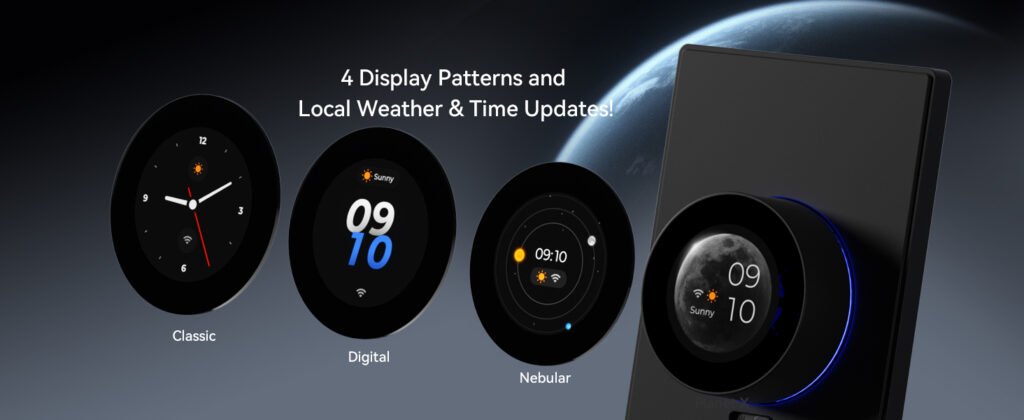
Compatibility: It’s important to note that not all loads are compatible with TRIAC dimmers. For example, some LED bulbs may require specific dimmers designed to work with their electronic drivers. Using an incompatible dimmer can result in flickering, buzzing, or reduced lifespan of the bulbs.
Overall, TRIAC dimmers provide a simple and effective way to control the brightness of lighting fixtures in residential, commercial, and industrial settings.
TRIACs offer several advantages as switches, especially in applications where controlling AC power is necessary:
Bidirectional Conduction: TRIACs can conduct current in both directions, allowing them to switch AC power efficiently regardless of the polarity of the voltage.
Simple Control: TRIACs can be triggered into conduction by a low-power signal, making them easy to control with simple electronic circuits or microcontrollers.
Phase Control: TRIACs can be used for phase control applications, allowing precise control of the power delivered to loads such as lamps or heaters. This makes them suitable for dimming applications in lighting systems.
Cost-Effective: TRIACs are relatively inexpensive compared to other types of power switches, making them cost-effective solutions for controlling AC power.
Compact Size: TRIACs are available in small packages, allowing for compact designs in applications where space is limited.
High Reliability: When used within their specified ratings and operating conditions, TRIACs are highly reliable devices with long lifespans.
Wide Range of Applications: TRIACs find applications in a wide range of devices and systems, including lighting controls, motor speed control, heating systems, and power supplies.

